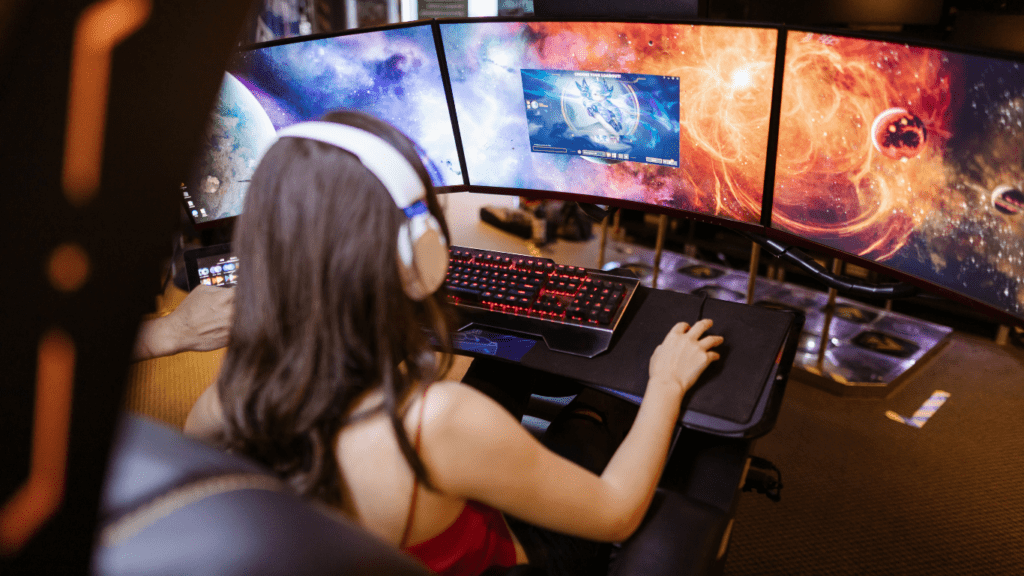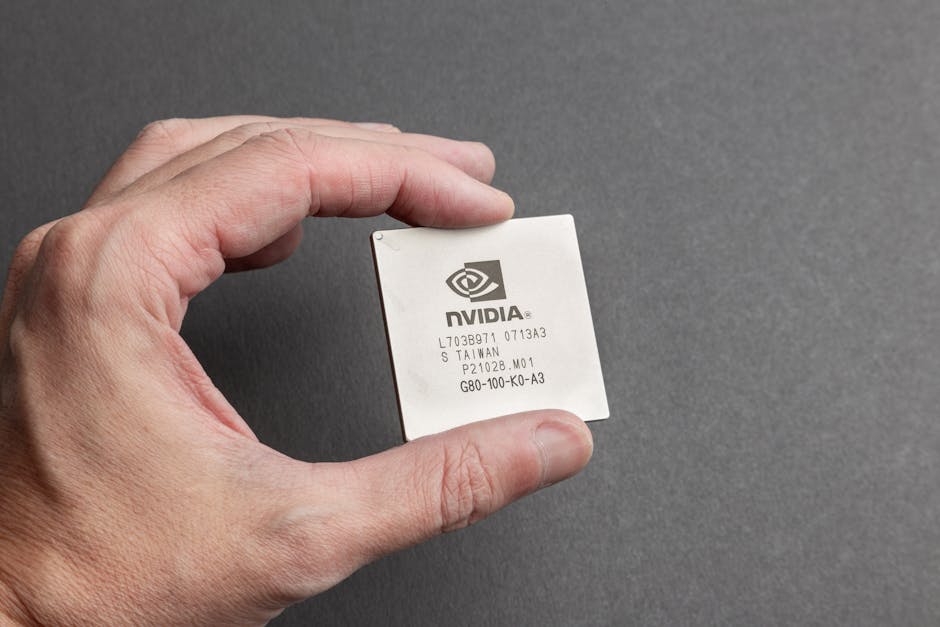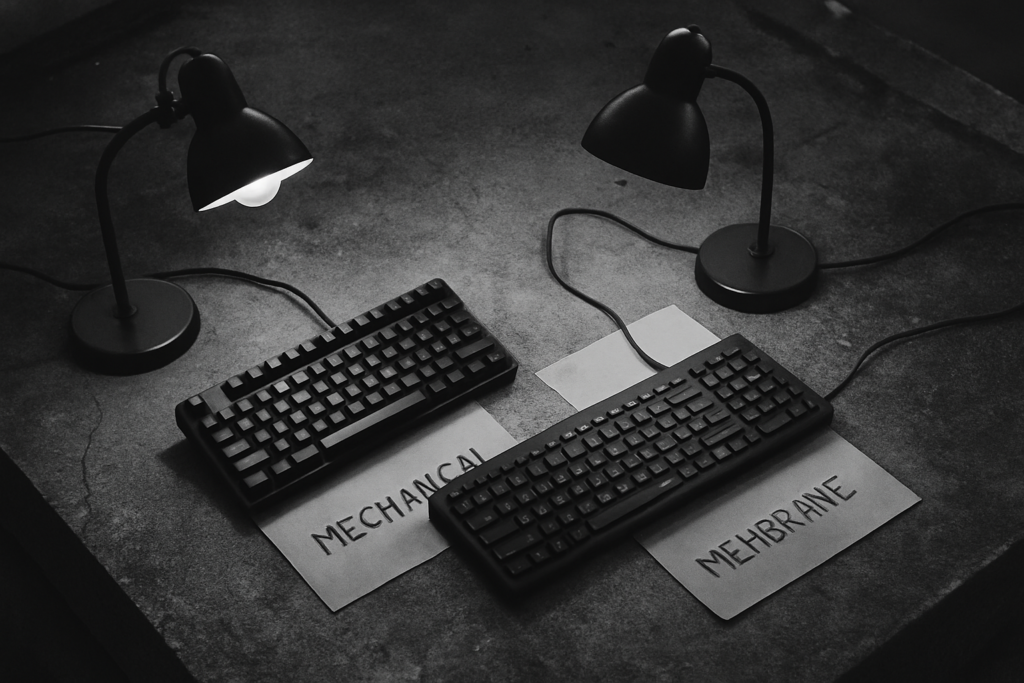Are you looking to level up your productivity and enhance your workflow? Multi-monitor setups might just be the game-changer you need. As someone who’s explored the world of multiple screens, I’ve experienced firsthand the incredible benefits they can offer.
From increased screen real estate for multitasking to improved focus and efficiency, the advantages of using multiple monitors are hard to ignore. In this article, I’ll share insights on the benefits of multi-monitor setups and provide you with practical tips on how to get started on creating your own immersive workstation.
Ready to supercharge your productivity and take your work setup to the next level? Let’s dive into the world of multi-monitor setups and discover how you can harness their full potential.
Benefits of Multi-Monitor Setups
When it comes to multi-monitor setups, the benefits extend far beyond just having an extra screen. Let’s dive into how these setups can significantly enhance productivity and workflow.
Enhanced Productivity
Expanding your workspace with multiple monitors can enhance your productivity by allowing you to have all your essential applications and tools visible at once. No more switching tabs or windows constantly; everything you need is right in front of you. It’s like having a virtual command center where you can keep track of emails, spreadsheets, and research simultaneously.
Better Multitasking
With a multi-monitor setup, multitasking becomes seamless and efficient. You can work on different projects simultaneously without the need to constantly switch between tasks. For instance, I can have my research article open on one screen while drafting an email on another and referencing data on a third screen. This level of multitasking not only saves time but also improves focus as you can dedicate each screen to a specific task.
Increased Creativity
Multiple screens can spark creativity by providing a broader canvas for your ideas to unfold. Whether you’re a designer working on a project that requires intricate details or a writer crafting a compelling story, having multiple monitors allows you to visualize your work better and explore different perspectives. For example, I often use one screen for brainstorming and mind mapping, another for research, and a third for drafting to keep my creative process organized and efficient.
Enhancing productivity, improving multitasking capabilities, and fostering creativity are just a few of the many benefits that multi-monitor setups offer. By harnessing the power of multiple screens, you can elevate your workflow to new heights and achieve tasks with greater efficiency and finesse.
Essential Equipment for Multi-Monitor Setups
When setting up a multi-monitor configuration, having the right equipment is crucial to ensure a seamless and efficient workflow. Below, I’ll cover some essential components you’ll need to get started with your multi-monitor setup.
Choosing the Right Monitors
Selecting the appropriate monitors for your setup is key to achieving an optimal viewing experience. Ensure that the monitors you choose have thin bezels to minimize distractions between screens, a high resolution for sharp images and text, and a refresh rate suitable for your needs. A good mix of sizes can also enhance your productivity by providing versatility in task management.
Mounts and Stands
Investing in quality mounts or stands is essential to arrange your monitors ergonomically. Adjustable stands allow you to position the screens at eye level to reduce neck strain and improve posture. VESA compatibility is also important for versatility in mounting options, enabling you to customize the layout of your monitors to suit your workspace.
Necessary Cables and Adapters
To connect multiple monitors to your system smoothly, ensure you have the necessary cables and adapters. Depending on the inputs available on your monitors and graphics card, you may need HDMI, DisplayPort, or USB-C cables. Adapters like HDMI to DisplayPort or USB-C to HDMI can help bridge any connectivity gaps between your devices, ensuring all your monitors function cohesively.
By carefully selecting the right monitors, mounts, stands, cables, and adapters, you can create a multi-monitor setup that enhances your productivity and workflow, taking your work to the next level.
Setting Up Your Multi-Monitor Environment

Setting up a multi-monitor environment requires attention to detail and the right approach to ensure an efficient and seamless setup. Here are some valuable insights to guide you through configuring your multi-monitor system effectively:
Configuration Tips
When setting up your multi-monitor system, start by ensuring that all monitors are aligned properly to avoid straining your neck or eyes. Position the primary monitor directly in front of you at eye level for comfortable viewing. Align the secondary monitors on either side at an angle to minimize neck movement while switching between screens. Additionally, adjust the brightness and contrast settings to match across all monitors for a consistent viewing experience.
Software for Seamless Integration
To streamline your workflow across multiple monitors, consider using software applications designed for seamless integration. Tools like DisplayFusion, UltraView Desktop Manager, or Dual Monitor Tools offer features such as taskbars on each monitor, window management shortcuts, and customizable hotkeys for efficient multitasking. These software solutions can enhance productivity by simplifying the management of windows and applications across your multi-monitor setup.
Ergonomics and Placement
When it comes to maximizing productivity and comfort in a multi-monitor setup, optimal monitor placement and ergonomic accessories play a crucial role in creating a workspace that’s both efficient and comfortable.
Optimal Monitor Placement
For the best viewing experience and reduced strain on your eyes and neck, it’s essential to position your monitors correctly. Start by ensuring that the primary monitor is directly in front of you at eye level. Additional monitors should be angled slightly towards you to minimize head movement when switching focus between screens.
Ergonomic Accessories
Investing in ergonomically designed accessories can significantly improve your overall comfort and posture. Consider adding monitor arms that allow for smooth height and angle adjustments, ensuring that your screens are at the perfect viewing position. A keyboard tray that keeps your wrists in a neutral position and an adjustable chair with proper lumbar support can also enhance your ergonomic setup for long hours of work.


 Skye Carpenter is a key contributor at Your Gaming Colony, where her passion for video games and her insightful expertise significantly enhance the platform. Skye's dedication to the gaming community is evident in the high-quality content she produces, which covers a wide range of topics from the latest gaming news to in-depth reviews and expert analysis. Skye's role involves delivering up-to-the-minute updates on industry developments, ensuring that the platform's visitors are always well-informed. Her thorough and honest reviews provide detailed assessments of new releases, classic games, and everything in between, helping gamers make informed decisions about their next play.
Skye Carpenter is a key contributor at Your Gaming Colony, where her passion for video games and her insightful expertise significantly enhance the platform. Skye's dedication to the gaming community is evident in the high-quality content she produces, which covers a wide range of topics from the latest gaming news to in-depth reviews and expert analysis. Skye's role involves delivering up-to-the-minute updates on industry developments, ensuring that the platform's visitors are always well-informed. Her thorough and honest reviews provide detailed assessments of new releases, classic games, and everything in between, helping gamers make informed decisions about their next play.
